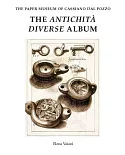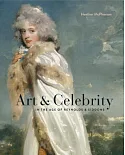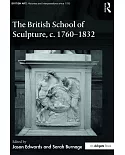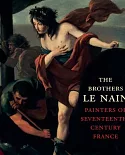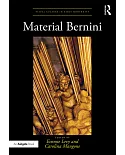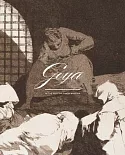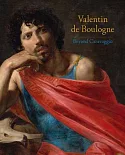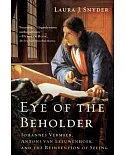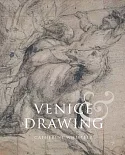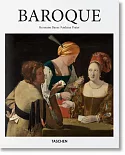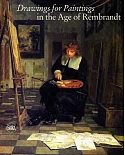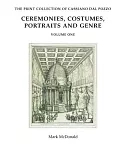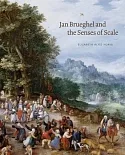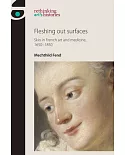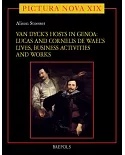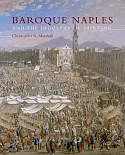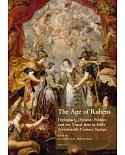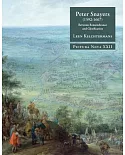This volume presents the most noteworthy concepts, artists, and cultural centers of the seventeenth century through a close examination of many of its greatest paintings, sculptures, and
buildings.
The Baroque, rooted in classicism but with a new emphasis on emotionalism and naturalism, was the leading style of the seventeenth century. The movement exhibited both stylistic complexity and
great diversity in its subject matter, from large religious works and history paintings to portraits, landscapes, and scenes of everyday life. Masters of the era included Caravaggio, whose
innovations in the dramatic uses of light and shadow influenced many of the century's artists, notably Rembrandt; the sculptor, painter, and architect Bernini, with his combination of technical
brilliance and expressiveness; and other familiar names such as Rubens, Poussin, Velazquez, and Vermeer.
This was the era of absolute monarchs, including Spain's Habsburgs and Louis XIII and IV of France, whose artistic patronage helped furnish their opulent palaces. But a new era of
commercialism, in which artists increasingly catered to affluent collectors of the professional and merchant classes, was also flourishing.


